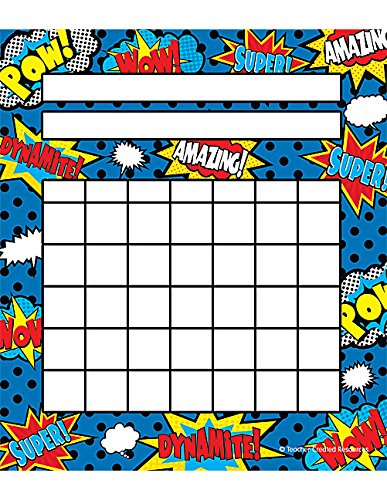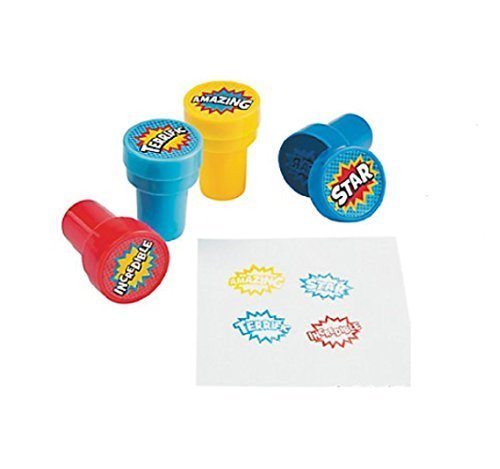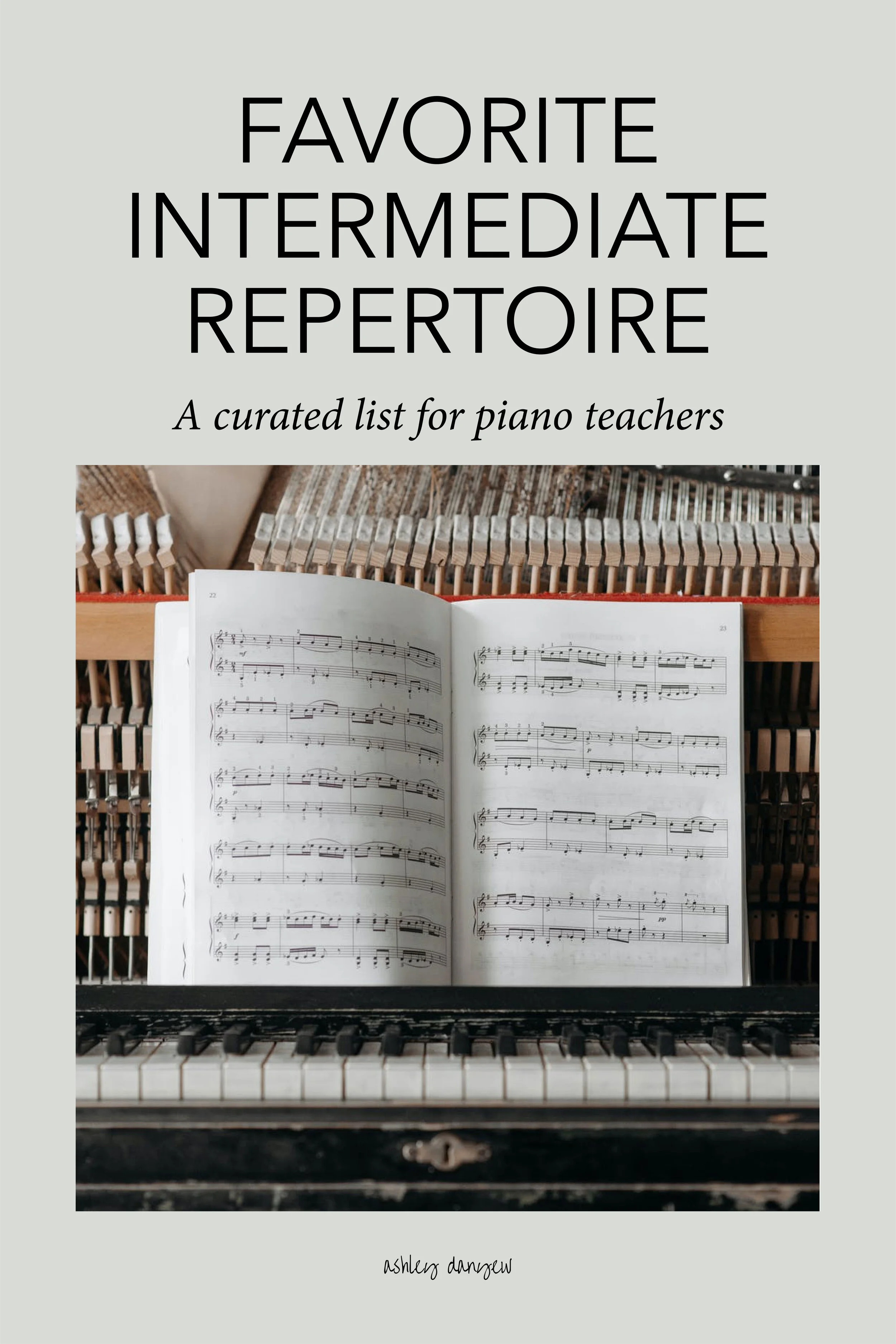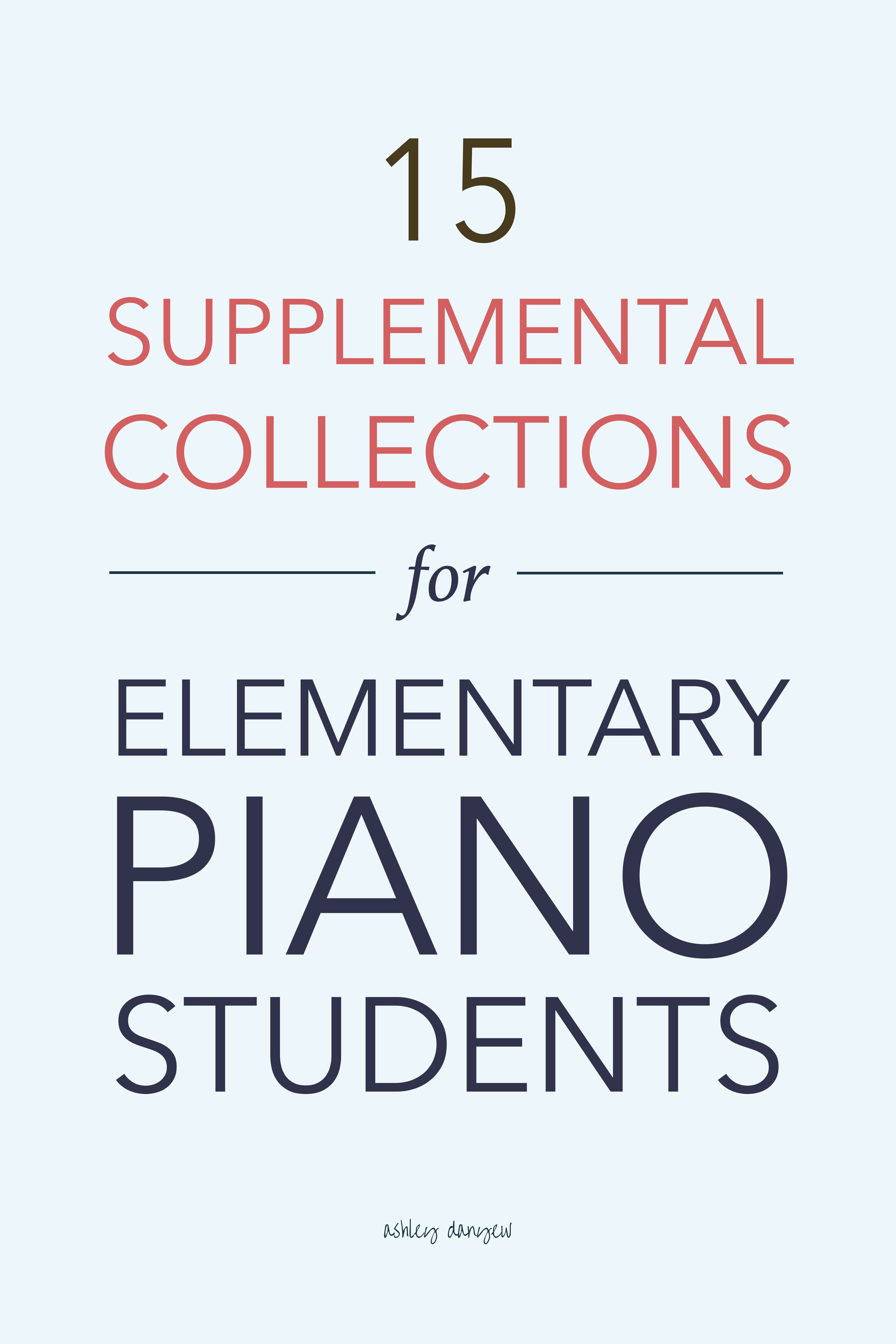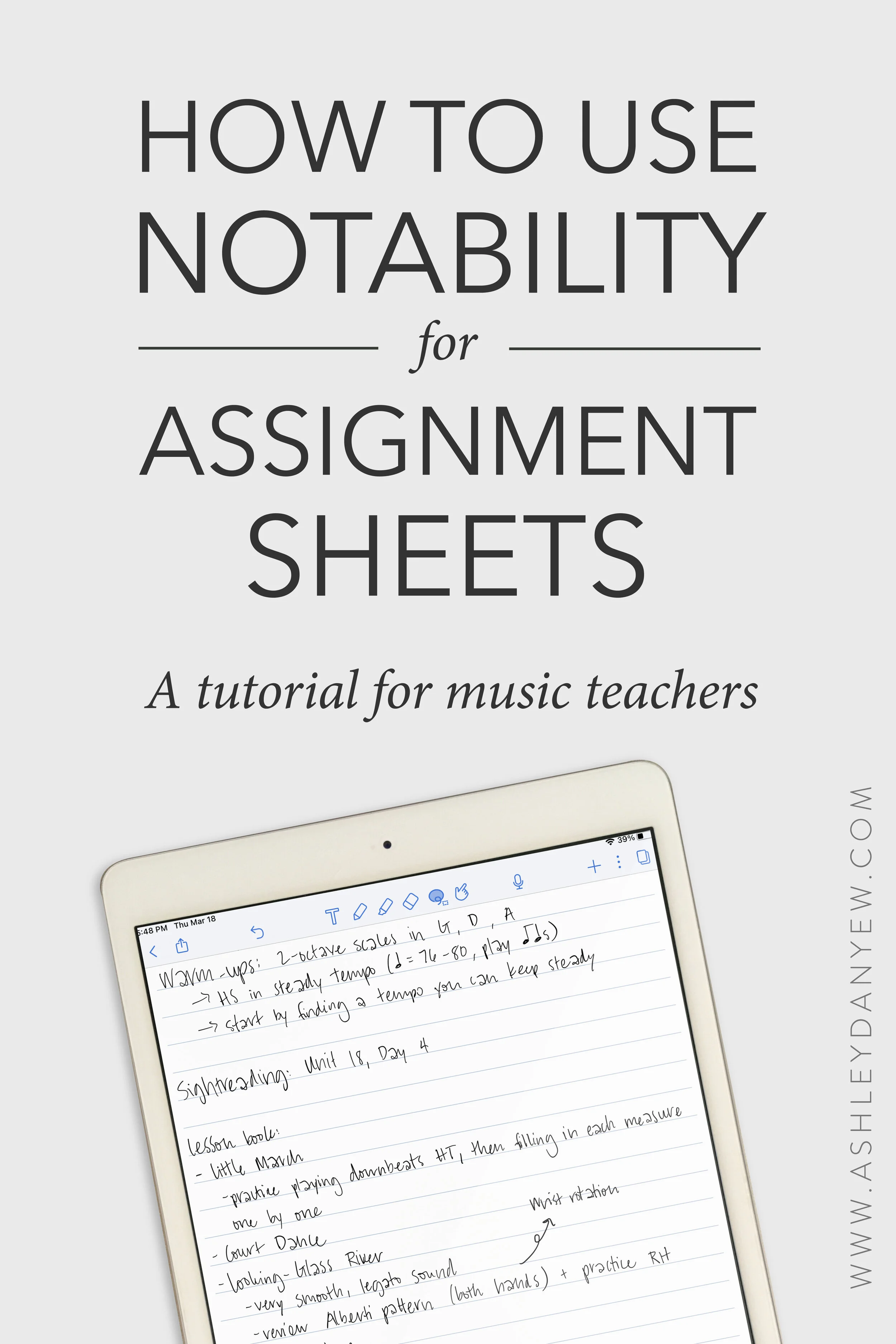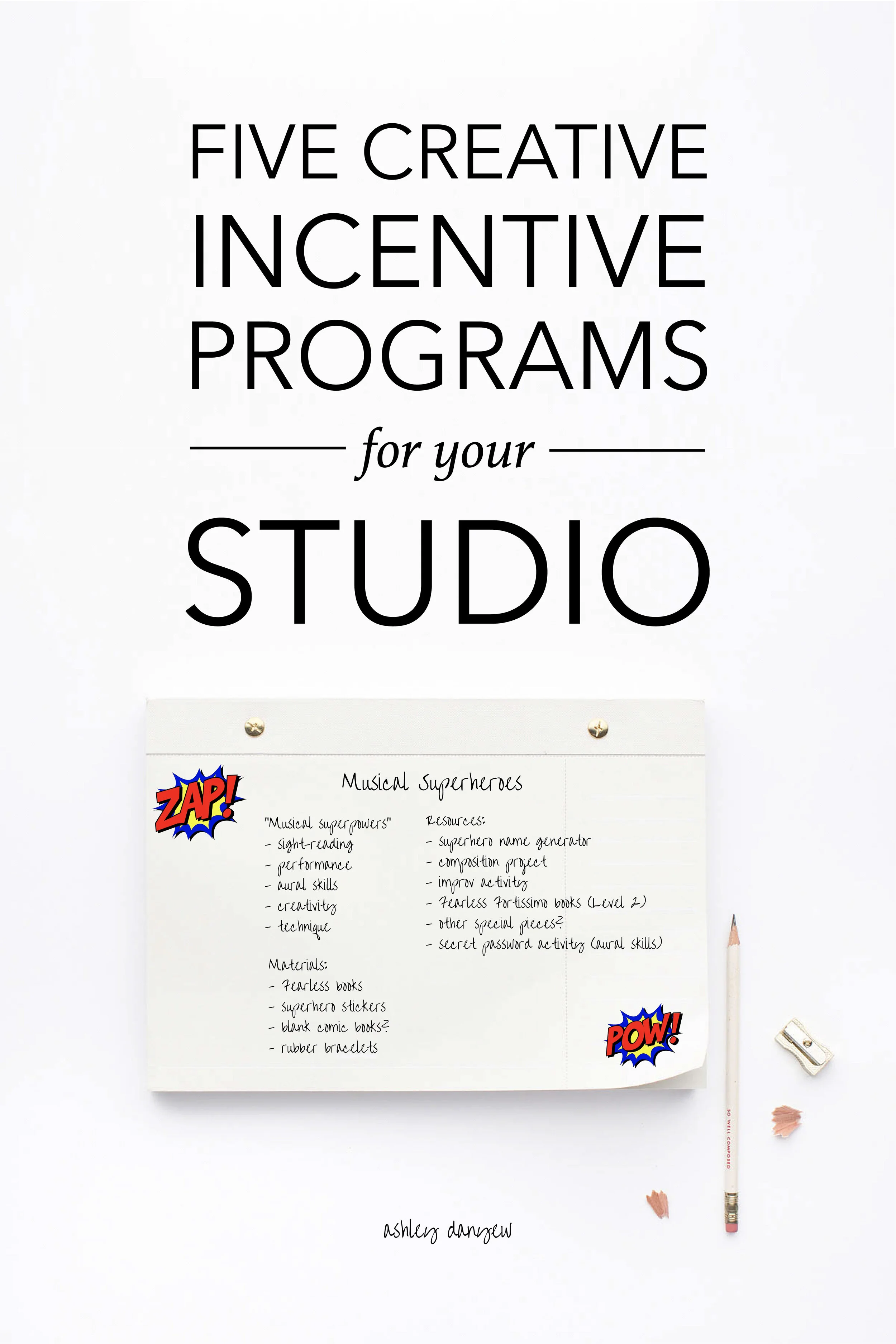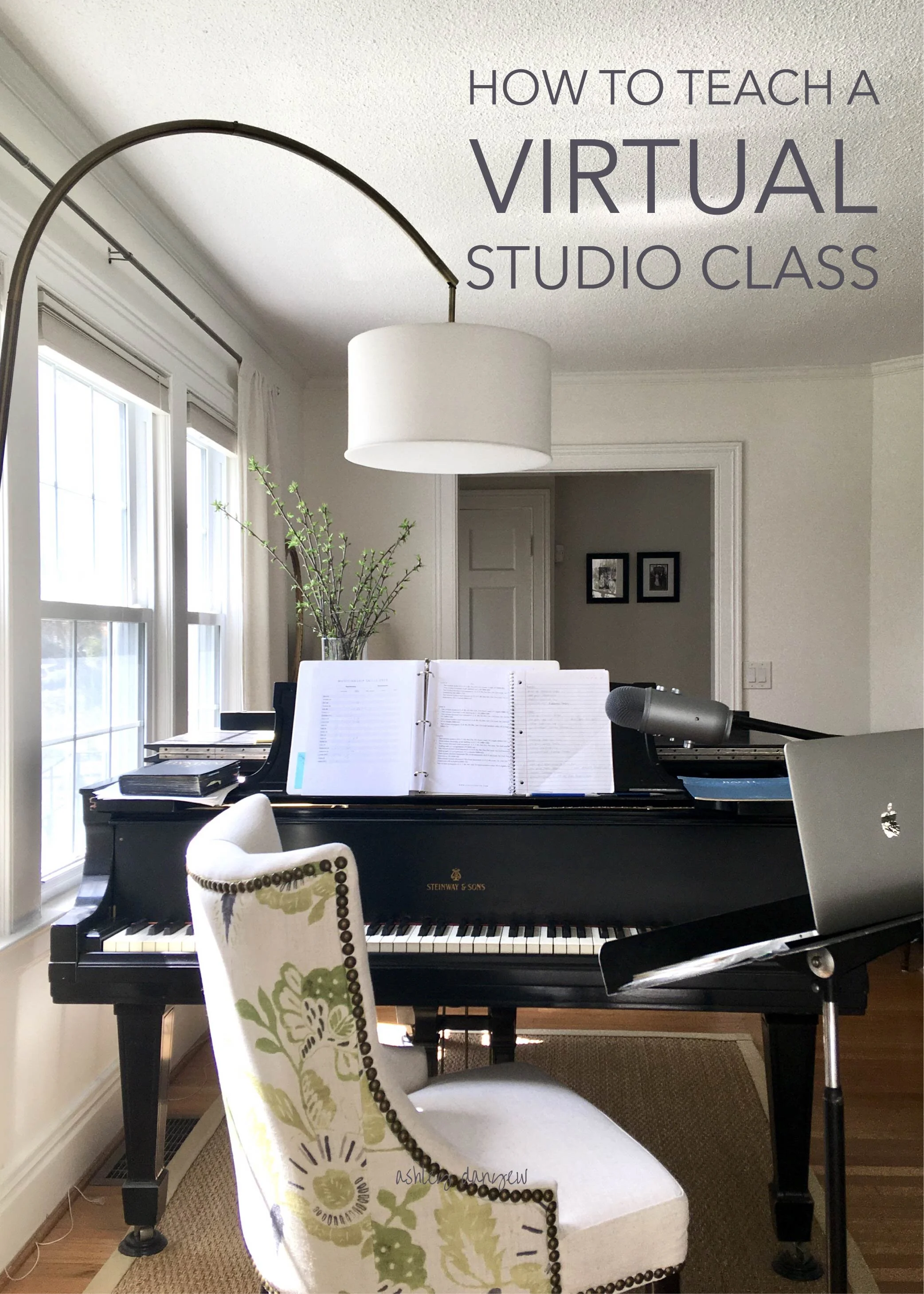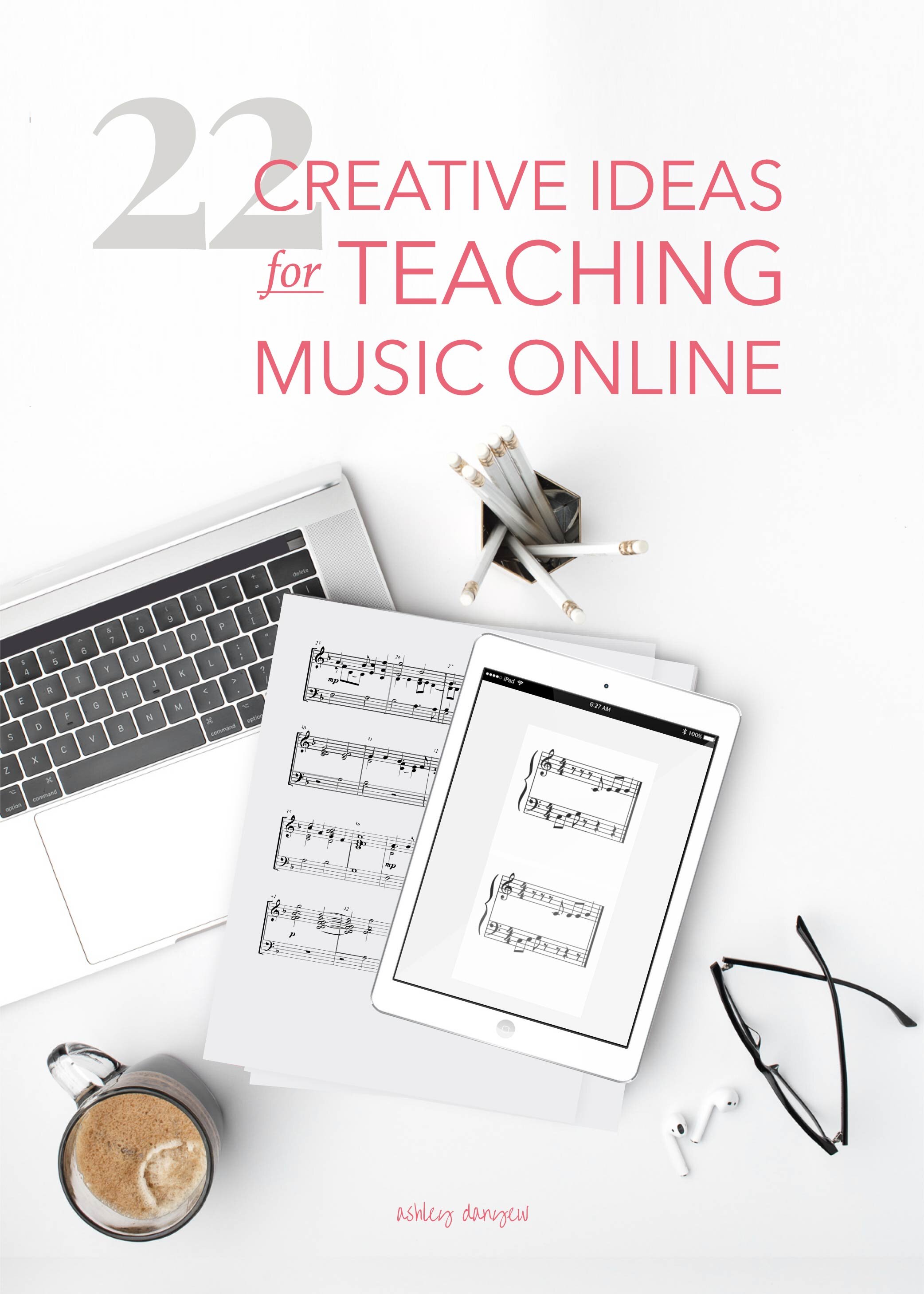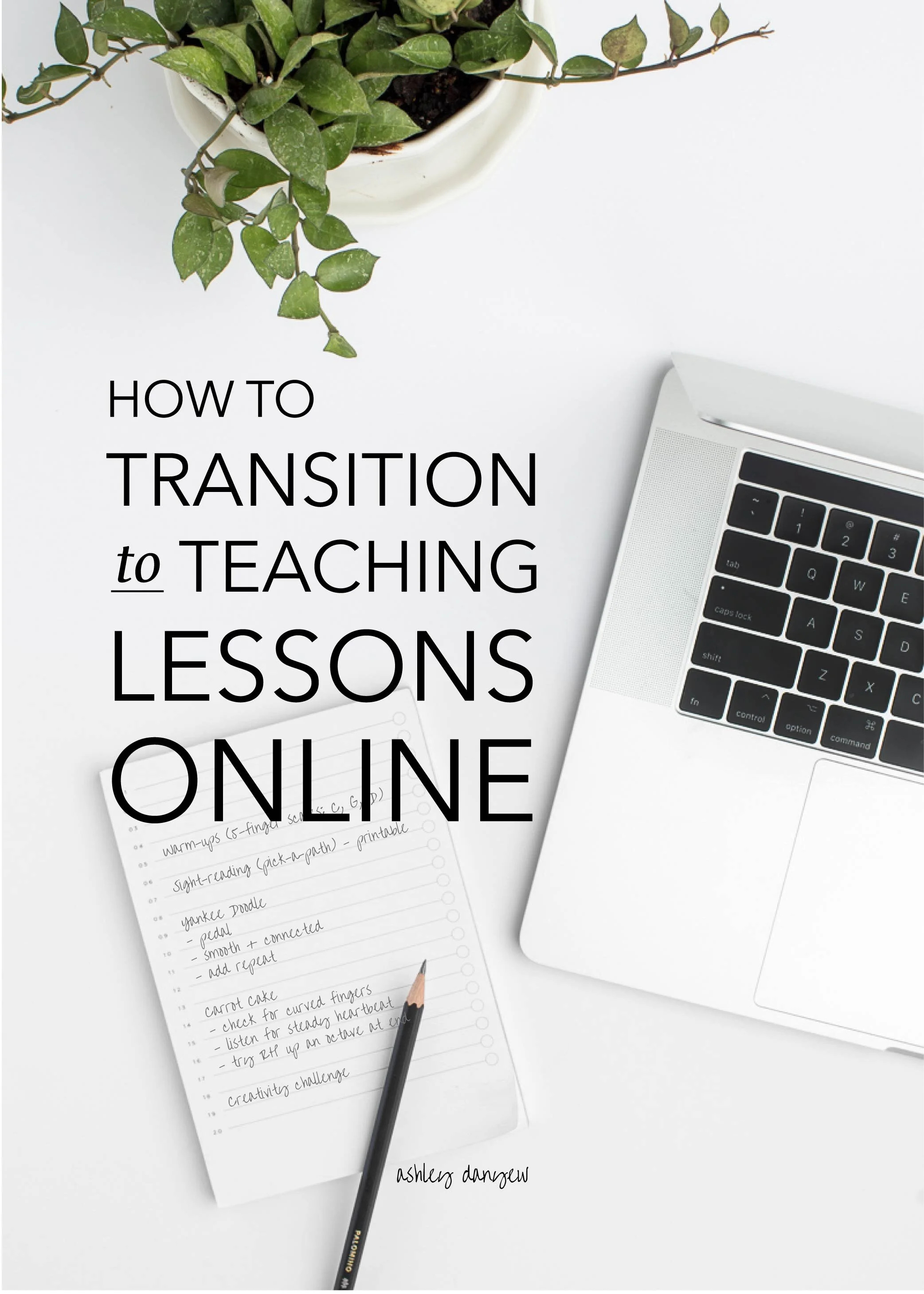Every year, I plan and create a 6-8 week incentive program for my piano studio. Mostly, this is for my beginning and elementary students (through 5th grade), though my middle schoolers (6th-8th grade) have been known to join in!
I’ve been doing this for a few years now, and I’ve found, while it's a great way to mix up our weekly lesson routine and give my students something fun to look forward to each week, it’s also a helpful way for me to assess their musicianship skills, take time to recognize their musical growth, and really tailor my instruction to each student.
I can’t tell you how valuable this is.
There are a few things I do first, before choosing a theme and getting caught up in the week-to-week details.
First, I look for a time during the year when we have 6-8 weeks that are mostly without interruption (school breaks, performances, solo festival, etc.). The time in between February Recess and Spring Recess seems to work well for us.
With those weeks marked in the calendar, I create my overall framework for the incentive program. We do a different theme each year, but there are two elements that I am always sure to include:
Opportunities for autonomy and choice: You’ll notice below that I give my students the opportunity to choose their own challenges within each category. Each item on the list is still a challenge for them, but letting them choose which ones they want to do gives them ownership in the process and helps create buy-in for what we’re doing.
Musicianship skills: sight-reading, memorization + performance, aural skills, creativity, and technique. I re-frame these categories based on the theme of the incentive program, but I always plan ways every year to assess each student in all five categories over the course of the 6-8 week timeframe.
With that in mind, I get to work planning challenges and rewards, writing story lines, pulling together resources, and looking for music. Want to peek behind the scenes? Today, I’m giving you an inside look at my planning process:
An Inside Look at My Superhero-Themed Studio Incentive Program
*Disclosure: I get commissions for purchases made through links in this post.
Overview
Students will transform into musical superheroes in this action-packed 6-week program. They’ll work through a series of challenges to develop their skills and demonstrate their musical powers (outlined below).
Students will have the opportunity to earn up to five musical superpowers (one for each musicianship category) during the program. The skills needed to earn these superpowers are developed through mastering the challenges within the category, plus one bonus challenge, as indicated.
Superpowers are optional, but those with more musical superpowers at the end of the program will earn greater rewards, in the end.
Musical Powers (and Superpowers)
SIGHT-READING (choose 2 challenges)
Superpower: earn this superpower by sight-playing one new exercise each day for 5 days in a row
sight-play two contrasting short pieces
sight-read two contrasting rhythm exercises, counting out loud
Bonus (studio class activity): Boom, Pow, Snap, Pop rhythm challenge: create a corresponding movement for each note value (e.g. quarter notes = tap, eighth notes = clap)
Reward:
Note-Reading Ruckus game (younger)
MEMORIZATION + PERFORMANCE (choose 2 challenges)
Superpower: earn this superpower by practicing 5 days in a row
polish and memorize 1-2 pieces from earlier in the year (recital prep!)
perform one piece from memory for friends or family
learn a new piece (on your own, for older students)
Reward:
a new piece of music!
AURAL SKILLS (choose 2 challenges)
Superpower: earn this superpower by completing a tonal or rhythm pattern dictation challenge with your teacher
Secret Passwords (clapbacks, playbacks)
Superhero Rhythms: match the superhero name to the correct rhythm pattern
Reward:
CREATIVITY (choose 2 challenges)
Superpower: earn this superpower by turning one of your assigned pieces into a piece for your superhero. Experiment with keys and modes (major vs. minor), meter (duple or triple), articulation (legato, staccato, accented), tempo, register (high, middle, or low on the piano), title, and anything else you can think of to create the appropriate mood and sound.
create a theme song for your superhero identity
restore harmony to the music world by adding chords to a given melody
Reward:
TECHNIQUE (all challenges)
Superpower: earn this superpower by creating your own superhero technique exercise and practicing it every day for 5 days
Superhero training (by rote): master the technique challenges for your level
Superhero-Themed Music
These collections and solo pieces are perfect for a superhero-themed incentive program! For my older elementary students (Level 3+), I plan to use some of these materials as sight-reading challenges and take-home, learn-on-your-own pieces.
Faber’s Just for Kids… The Superhero Piano Book by Sarah Walker (Prep A + B)
“I Am a Superhero” from Simply Silly Duets by Kevin Olson (Prep A + B)
My Sight-Reading Superpower by Andrea Dow (Level 1)
Agent Major and the Misadventures of Professor Pentascalius by Andrea Dow (Level 1 + 2)
Whirlwind by Jennifer Eklund (Level 2)
The Adventures of Fearless Fortissimo: The Carloforte Trilogy, Episode 1 by Andrea Dow (Level 2)
The Adventures of Fearless Fortissimo: The Carloforte Trilogy, Episode 2 by Andrea Dow (Level 2)
The Adventures of Fearless Fortissimo: The Carloforte Trilogy, Episode 3 by Andrea Dow (Level 2)
Epic by Chrissy Ricker (Level 2)
Above & Beyond by Jennifer Eklund (Level 2 + 3)
No Limits by Jennifer Eklund (Level 2 + 3)
Shadowfall by Jennifer Eklund (Level 2 + 3)
Alfred’s Performance Plus: Popular Music - Super Heroes (Book 3)
The Chase by Jennifer Eklund (Level 3)
Super Hero by Lisa Donovan Lukas (Level 3)
High-Speed Chase by Amanda W. Smith (Level 4 + 5)
Superhero Prizes & Decorations
What would an incentive program be without a few fun prizes along the way?! It’s all about celebrating progress and musical growth. Here are a few superhero supplies every piano teacher needs:
Superhero Action Stickers (100/roll) - great for marking progress on a piece or creating a more engaging weekly assignment sheet!
Superhero Incentive Chart (36 sheets) - a helpful way to track progress for each student!
Hero Action Sign Cut-Outs (6-12” each, set of 12) - for decorating your studio space!
Superhero Stampers (set of 24) - great for marking progress on a piece or embellishing assignment sheets and a great prize for earning superpowers.
Superhero Notecards with Envelopes (set of 12) - a good way for students to keep track of their musical superpowers. Simply cut off the front of the card and tape it inside one of their books.
Superhero Buttons (48 pieces) - an awesome prize for earning superpowers! My students love putting these on their backpacks.
Super Resources
These are tried-and-true resources I turn to again and again:
Music Development Program Piano Syllabus - a great resource for assessment planning, including specific technical exercises and leveled guidelines for rhythm and sight-reading material and aural skills training. This is what I use in my studio.
Sight-Reading and Rhythm Every Day series - I start all my students in Helen Marlais’ books by the time they reach Level 1. Each book is divided up into units and each unit is divided into 6 days, with two rhythm activities and two sight-reading exercises each day. An ensemble piece is included at the end of each unit to play together in the lesson. The materials are well-sequenced and have really made a difference in my students’ sight-reading skills and confidence levels. During the incentive program, I sometimes use the extra sight-reading exercises in the back as bonus take-home challenges.
Teach Piano Today - a rich blog and resource library, featuring a broad collection of clever ideas and creative teaching tools geared toward piano students of all ages. They have created tons of free superhero-themed resources (as you can see from this post) that correlate with their Level 2 supplemental series, The Adventures of Fearless Fortissimo, linked above.
Piano Pronto - offering method books and a variety of sheet music with compelling titles, syncopation and pop-style harmonies, digital and print versions, full-length recordings, and the ability to purchase a studio license and print as many copies as you need.
Pixabay - a free resource for images, graphics, and superhero-themed clipart.
Do you do any kind of incentive program in your studio? Tell me about it in the comments!




